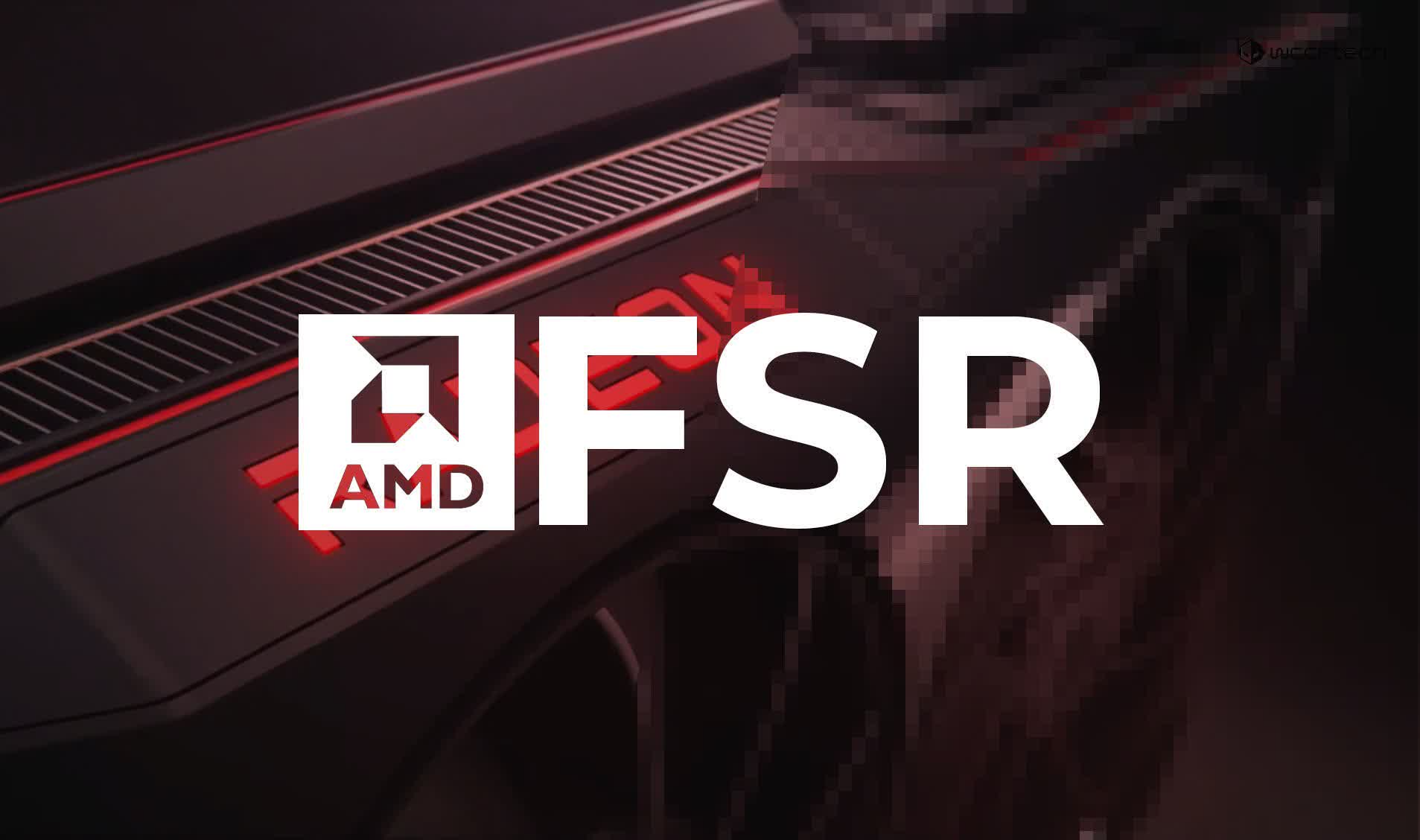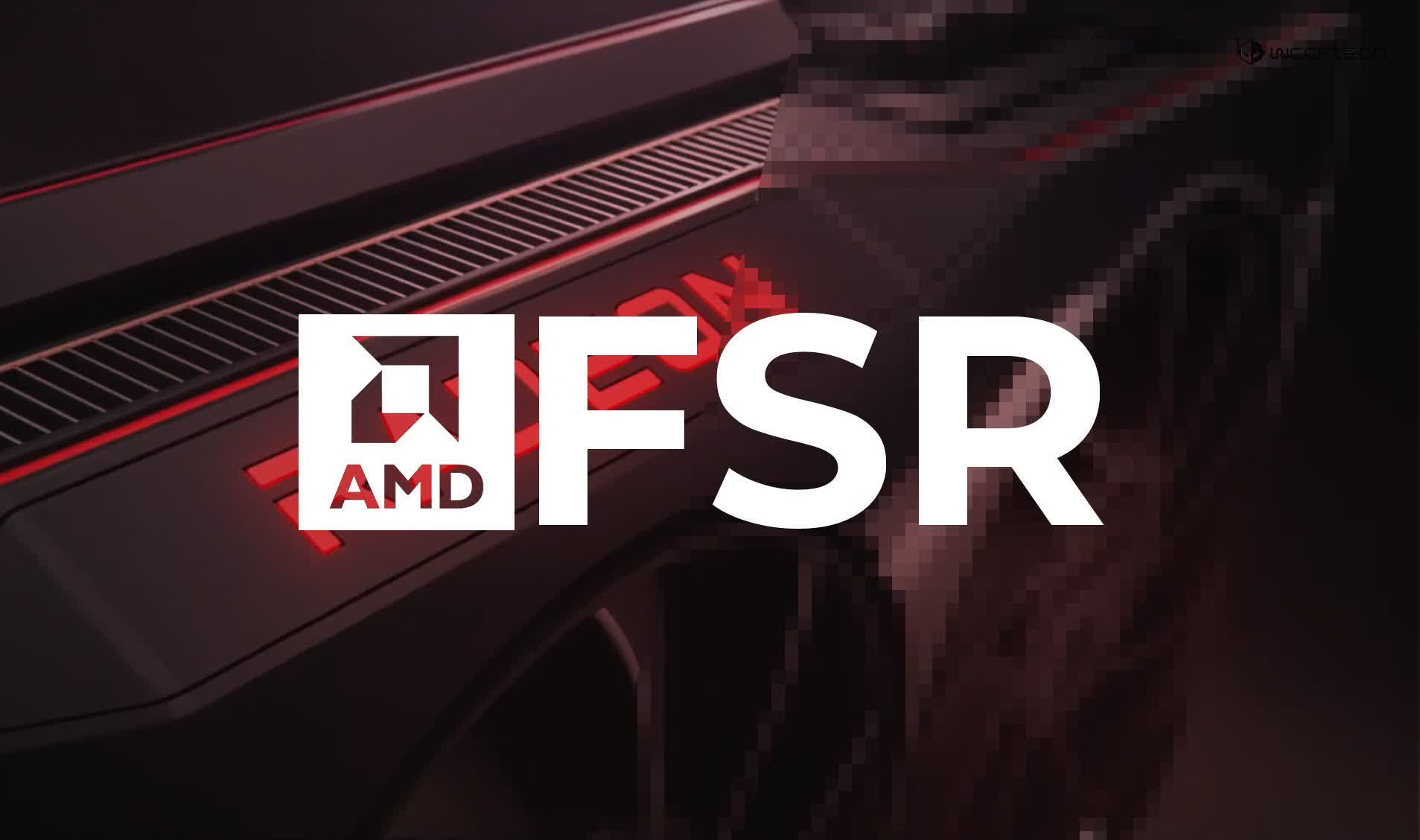AMD this week announced the open source release of FidelityFX Super Resolution 2.0. Developers can now download it from the GPUOpen website and start working on implementing it in current and future games. AMD also plans to release Unreal Engine 4 and 5 plug-ins for FSR soon to help the many developers using these engines. In addition, Xbox developers now have access to FSR 2.0 as well.

Since its launch, FSR 2.0 has used temporal scaling to improve image quality while maintaining performance, allowing resource-intensive technologies such as ray tracing and 4K resolution to be used by most graphics cards. Games currently supporting FSR 2.0 include God of War, Deathloop and Farming Simulator 22. Upcoming games such as Forspoken and The Callisto Protocol will also support FSR 2.0 at launch.

Tests show that Nvidia’s machine learning-based DLSS technology is somewhat more efficient than FSR, especially at lower resolutions, but it is not open-source and only supports the last two generations of GeForce graphics cards. Meanwhile, FSR supports older Nvidia graphics cards in addition to AMD cards.
Even though DLSS requires Nvidia’s proprietary tensor cores, some are asking the company to make the technology open source. Hackers gained access to some confidential Nvidia data and stole the DLSS source code back in March last year.
Worth mentioning is Intel, which is also preparing to compete with AMD and Nvidia with its version of scaling technology called XeSS.
